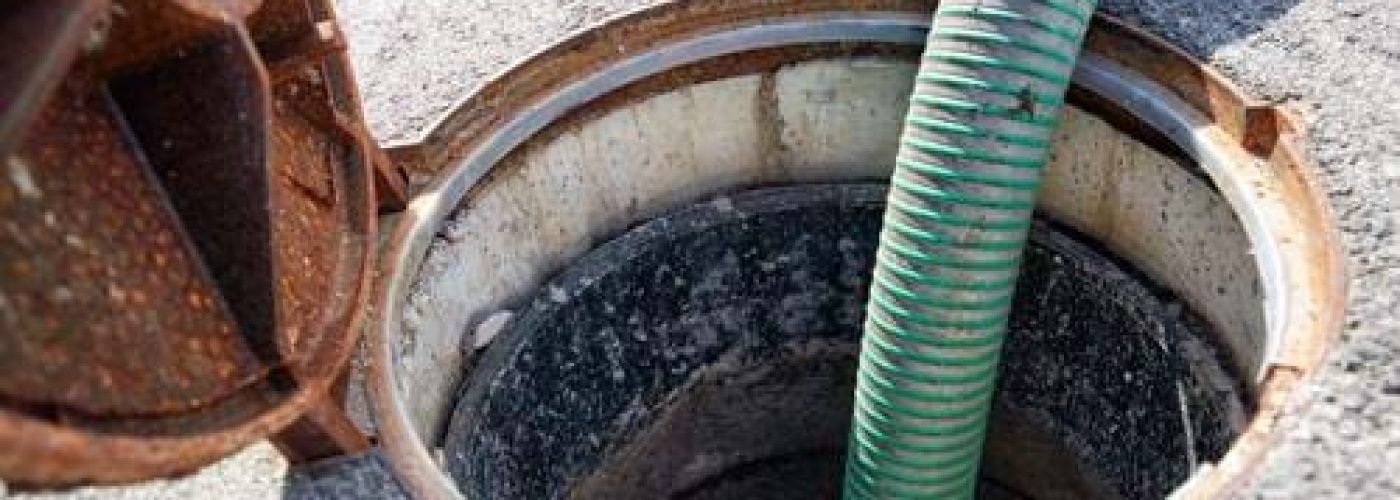Faulty or overflowing septic tanks can be a horrible sight for homeowners. Usually, septic tanks are buried deep under the ground, and you’ll probably don’t even notice its presence until you see some unusual signs. There are a couple of signs that are associated with septic tank issues:
- Gurgling/Bubbling sounds coming from the plumbing system
- Damp area or standing water near the septic tank
- Toilet not flushing properly
- Foul smell near your lawn or from the drains
- Water draining slowly or backing up
All these signs indicate there is some problem with your septic tank, and it needs prompt action. It’s a signal that your septic tank needs urgent maintenance or repairs. But do you know why such a situation arises? Let’s explore some of the common septic tank issues and how you can solve them?
Common Septic Tank Issues And Their Solutions
Ground Movement
Even the slightest ground movement can put considerable pressure on the septic tank. This can cause cracks or even fractures in the walls, causing a set of problems such as
- Backing up in your septic tank
- Your septic tank needs need to be emptied more often
- The tank will fail to separate liquid from solid waste
Ultimately, there is no way out than replacing the septic tank in a ground movement.
Tree Root Damage
Septic tanks are wet places that attract nearby shrubs or plants to go through the tank’s walls. As the plants grow over time, the roots get stronger, causing cracks and damage to the tank.
The infiltrated roots not only block the pipes leading to the property but prevent the tank from working properly. The root damage will let the liquids from the tank escape and water from the ground to get in. You can get the roots removed by performing a septic tank and pipe cleaning.
Root infiltration can be prevented by installing newer, plastic pipes capable of withstanding damage from roots. Also, you can treat your lines with root growth inhibitors to prevent root growth.
Collapsed Baffle
A baffle is like a barricade within the septic tank that stops the solids from escaping into the soakaway system. Yoursoakaway system allows the dirty water from the septic tank to percolate through the soil around it.
This is a kind of treatment for the wastewater as it is dispersed into the surrounding soils to prevent any nasty smells. A collapsed baffle is a serious situation as it allows the solids to enter into the soakaway system and stop the treatment from happening.
You can see the collapsed baffle by peeking into the septic tank. If your septic tank baffle is lost or damaged, it can be refitted to prevent the solids from flowing to the soakaway system.
Damaged Dip Pipe
A dip pipe has the same function as a dip pipe. Depending upon the design of the septic tank, you will either have dip pipes or baffle, or both. It makes sure that the waste gets separated and the dirty water flows into the soakaway system. If you notice it at the base of the septic tank, you need to get it repaired.
As mentioned earlier, if the solid waste enters the soakaway system, it backs into the house. It can be solved by lining inside of the tank, making it watertight, or refitting the dip pipe.
Old Septic Tank
Septic tanks can be as old as 100 years and may not fit into the requirements of modern houses. For example, they might not have dip pipes and have a single instead of double chamber structure. Such old septic tanks might start giving problems to the new homeowners.
Also, the soakaway systems might not work after some time, causing problems. When the tank is too old, then it’s better to get it replaced than repaired.
Lack Of Maintenance
Your septic tank must get cleaned every year. For a 1,000-gallon septic tank, you can do it every 4-5 years. You can get it cleaned by calling a professional plumber who can pump, empty, clean your tank and do the essential maintenance and repairs.
Understand that you can’t do the septic tank repairs yourself and seek professional help. Check out the local plumbing services in your area and schedule an inspection so that they can figure out the actual septic tank issue and give you appropriate solutions.
It is advisable that you only call a licensed and insured plumbing service as installing a septic tank or soakaway or fixing them is a complex task that can only be done by an experienced professional.





